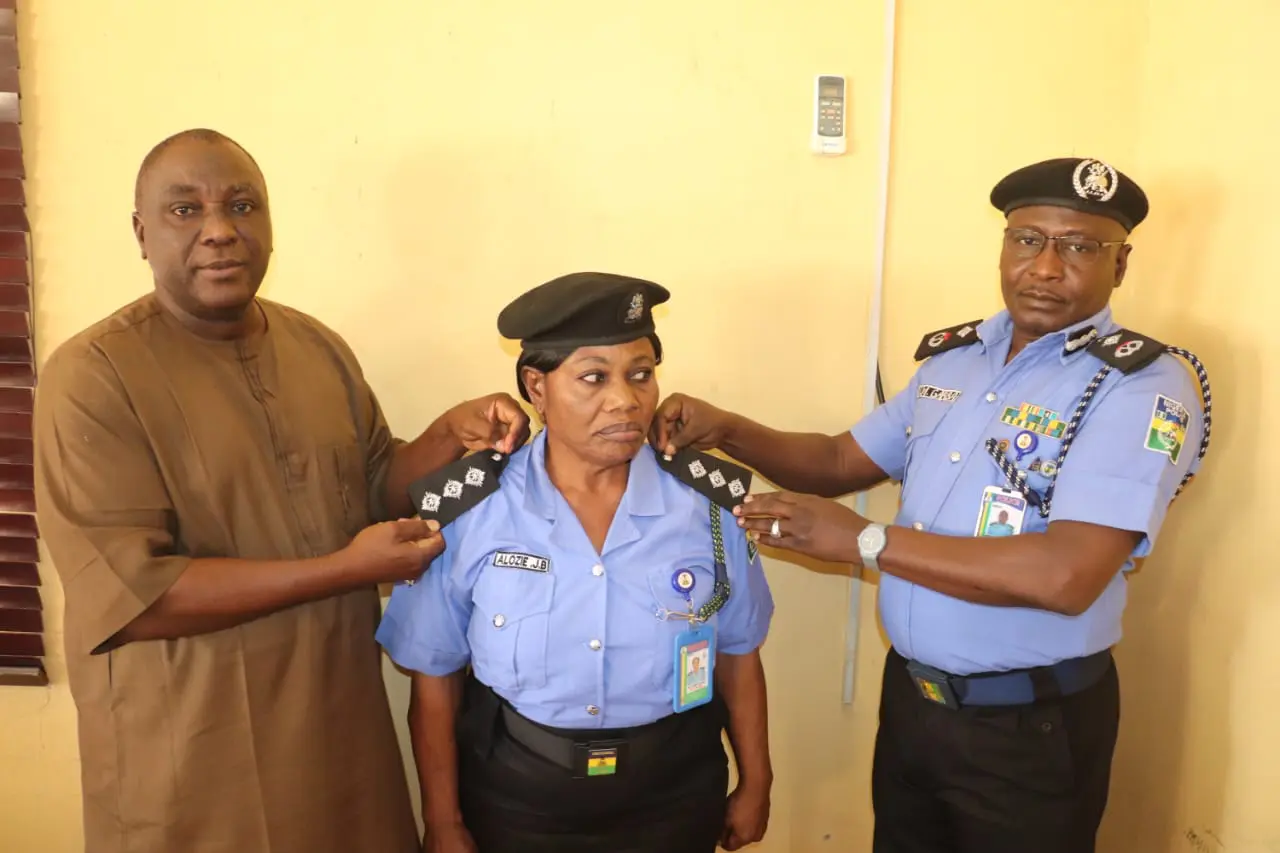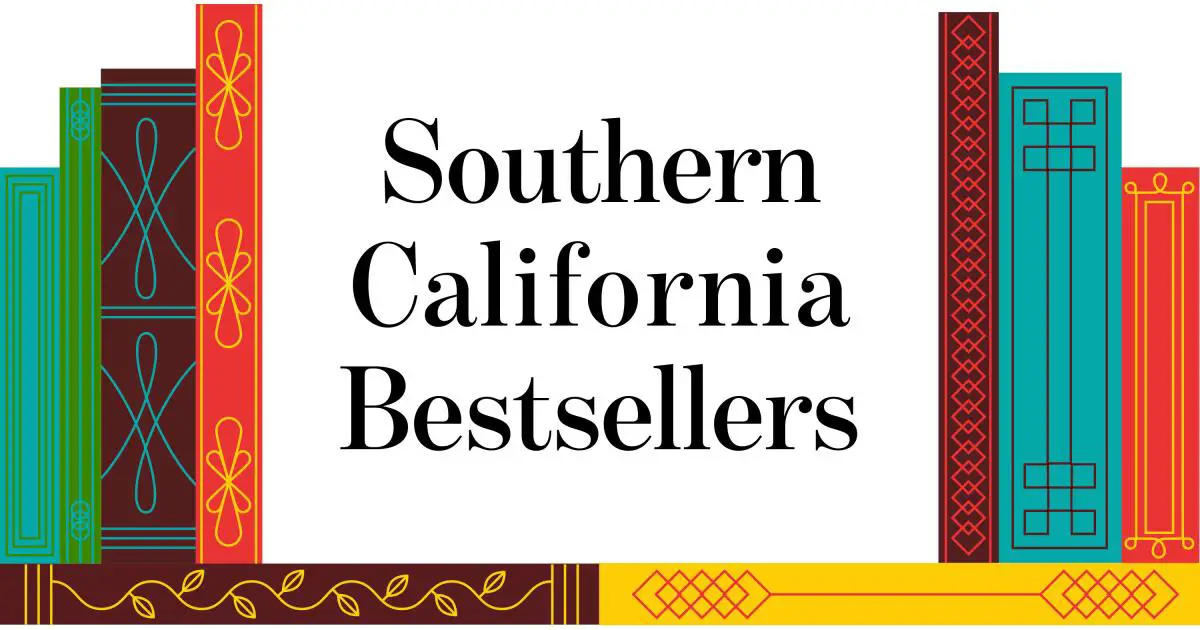The carved face of a cateran stares out of the waymarker before me. Deriving from the Gaelic word ceatharnach, meaning a lightly armed warrior, “cateran” later came to denote the cattle raiders particularly active here in Strathardle, Glenshee and Glen Isla up to the 18th century.
The signpost directs me through plantation forest to an undulating moor, darkened by heather and lightened by grassland. The bushy auburn of a fleet-footed fox stands out like a light tumbling down the glen. There is a rough grandeur to Perthshire landscapes such as this, ringed off from the world by mountains – in this case the snow-sprinkled bulk of Ben Earb and ridgelines of Creag an Dubh Shluic and Meall Uaine.
I follow a gravel and trampled-grass path through this silent scene, climbing slowly to An Lairig gate. This is the lowest point of the surrounding mountain saddle, at 648 metres, but the high point of the Cateran Trail, a 64-mile circular walking route starting and finishing in Blairgowrie. The trail is 25 years old this year.
I’m on day two of the five-stage trail, whose sections range from 8½ to 16.3 miles in length, with stops at the village of Kirkmichael, the Spittal of Glenshee, the Kirkton of Glenisla and the town of Alyth en route. The trail meanders through forests and farmland, across bogs and burns and over mountains and moorland, partly on drove roads once used by those fierce cattle raiders.
“I’ve always thought that east Perthshire is the outdoor capital of Scotland,” says Bob Ellis, a councillor and hillwalker who co-founded the trail in 1999 with local businessman Alan Dick.
“We worked out a route and then it was a case of Alan dropping me off at various places and me jogging with a Dictaphone, describing the state of the trail and what we would need to do in the way of signposts. A lot of the trail was already there on forestry roads, but there were bits where we had to cut swathes through the heather.”
This was before the 2003 Land Reform Act introduced Scotland’s famed right to roam, so the approval of local landowners (all 43 of them) was crucial to getting the project off the ground.
The gnarled cateran carvings on the waymarkers were made by Robbie Gordon, then an officer in the Perth and Kinross Countryside Trust. More common to see, though, are the symbols guiding walkers along the way – a red heart encircled in green. “The route looked a bit like a heart,” laughs Bob. “Especially after two or three beers – and we’re in the heart of Scotland here.”
My hike began the day before on the River Ericht in Blairgowrie, and took me past the huge, abandoned mills that brought prosperity to the town during the Industrial Revolution. The first section (15½ miles to Kirkmichael) then crosses agricultural valleys to an expansive moorland, where the mountains of the north become visible – the peaks of Ben Vrackie and Mount Blair beckoning you up to the Highlands.
The trail crisscrosses the Highland Boundary Fault whose beauty lies in the dramatic juxtaposition landscapes on either side of it – soaring mountains and gentle valley. Formed more than 400 million years ago when continents collided, the rock to the north is hard to cultivate while the soft sandstone to the south created some of Scotland’s most fertile valleys. Cultures evolve around landscapes and while the clan system took hold north of the line, the feudal system thrived to the south.
Surrounding the route is the Cateran Ecomuseum, a “museum without walls”, which opened in 2018 and highlights sites of historical interest (there are suggested walking, cycling and car itineraries on the website). On day two I stop for a breather at one such spot, a hidden shelter open to walkers, on my hike up to An Lairig gate. The history goes that Queen Victoria had tea on the grass near here in 1865 while riding from Dunkeld to Balmoral. Her party had forgotten a kettle, which had to be sent for from the Spittal. “This caused some delay,” she wrote.
From An Lairig I continue on to the Spittal of Glenshee and my overnight stop on the Dalmunzie Castle Estate, in the valley beneath Ben Gulabin, where four glens meet and Allt a’ Ghlinne Bhig drains into the Shee Water.
There’s still spring snow underfoot, and more on the mountains ahead: Càrn an Daimh and Càrn Ait bridging into the Munros of Creag Leacach and Glas Maol.
I bundle myself out of Dalmunzie for stage three the next day, rejoining the trail by an old stone bridge at the southern foot of the Cairnwell Pass. The morning is crisp but the sun turns the glen golden as it rises on a clear blue sky. I detour to Diarmuid’s Tomb, a four-poster rock circle said to be the resting place of Fingal’s great warrior nephew, and heat up breakfast by a stream while a parcel of oystercatchers flutter and squeak above.
after newsletter promotion
I enter Angus on back roads and climb past the 16th-century Forter Castle to a splendid vista of Glen Isla. Auchintaple Loch, just beyond, is Bob’s favourite view on the trail. I see why. Forests lie in layers above and below the loch, backdropped by mountains reflected in the water.
I spot a mountain hare as it sprints through a field and stroll my final few miles for the day to reach Glenisla Hotel. Tractors and rugby are the barstool talk in the lively pub, which has a floor-to-ceiling map of the Cateran Trail on one wall.
Stage four is an 11-mile jaunt through farmland, with the mountains fading behind as I reach the town of Alyth. The trail has spawned multiple spin-offs in the past 25 years. Not just the Ecomuseum, but the Cateran Yomp – where endurance athletes run the full route in under 24 hours – and the Cateran Dirt Dash, a two-day bikepacking event on the trail.
The final stage runs for 17 miles from Alyth back to Blairgowrie. I split it into two shorter days to give me an excuse to stay in a cabin on the water’s edge at Bamff Wildland, the site of a rewilding project where beavers have turned an agricultural ditch dug in the 1700s into a thriving, messy wetland.
Paul and Lousie Ramsay first brought beavers on to their estate in 2002. “There are 60 or 70 dams here on Bamff today,” says Paul. “Wetlands store huge amounts of carbon and they’re disproportionately important for biodiversity too.”
One of their less-heralded benefits is amplifying sunsets: a kaleidoscope of orange and pinks bouncing back off the water. In the morning, I watch three beavers casually nibbling on branches. This wildland is yet another facet of Scotland – conservation and changing land use.
I turn my back to the mountains to complete stage five and finish this tremendous trail from the Lowlands to the Highlands and back again. It’s a route of wild garlic and wilder glens, faultlines and folklore; and of ancient and modern Scotland.
“I love this place,” Bob says. “When I do have to leave, my ashes will be spread here. In another 25 years, I’ll no’ be here, but the trail will.”
How to do it
Blairgowrie to Kirkmichael 15.5 miles (stay at the Kirkmichael Hotel, from £70 a night).
Kirkmichael to Spittal of Glenshee 8.5 miles (stay at Dalmunzie Castle Estate, from £119 a night).
Spittal of Glenshee to Kirkton of Glenisla 14.6 miles (stay at Glenisla Hotel, from £70 a night).
Kirkton of Glenisla to Alyth 10.8 miles (Forillon, the Bikepacking Scotland guesthouse, from £140 a night).
Alyth to Blairgowrie 16.3 miles (Stuart stayed in the Hideaway at Bamff Wildland, which costs from £132 a night).






